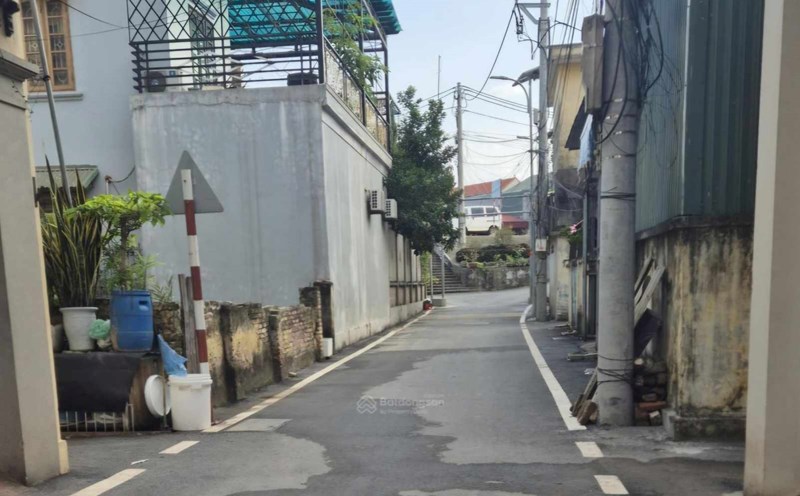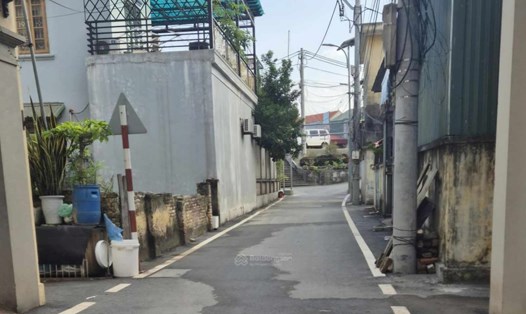Super project connecting 5 provinces and cities
According to the plan, Ho Chi Minh City Ring Road 4 has a total length of more than 200km, passing through Ho Chi Minh City, Binh Duong, Dong Nai, Long An and Ba Ria - Vung Tau.
Currently, the Ho Chi Minh City People's Committee has completed the pre-feasibility study report and is expected to submit to the National Assembly for approval of the investment policy for the nearly 160km section. Of which, the section through Long An has the largest length of over 78km, Dong Nai 46km, Ba Ria - Vung Tau 18.2km and Ho Chi Minh City 16.7km. The section passing through Binh Duong (48km) will be implemented independently according to the investment plan approved by the Provincial People's Council.
The total investment in phase 1 is expected to be about VND 122,774 billion, of which more than VND 53,000 billion will be mobilized from the private sector under the form of public-private partnership (PPP), the rest from the state budget.
To shorten the implementation time, the Ho Chi Minh City People's Committee proposed to increase the state capital ratio in PPP projects to a maximum of 70%, instead of the usual 50%. At the same time, localities will proactively appraise, decide to invest in component projects and adjust planning according to the authority of the Prime Minister. Procedures are also proposed to be streamlined, including a mechanism for appointing bids for a number of important packages such as consultation, compensation, resettlement, etc.
According to the plan, if the National Assembly approves the investment policy, localities will select investors in 2025, and implement site clearance from 2025 - 2026. The component projects will start construction in the third quarter of 2026 and be completed in 2028.
Inter-regional spinal cord connection
According to Director of the Ho Chi Minh City Department of Transport Tran Quang Lam, Ring Road 4 is of special importance in forming a modern transport network, connecting national highways and key expressways such as Ho Chi Minh City - Long Thanh - Dau Giay, Ho Chi Minh City - Trung Luong, Ho Chi Minh City - Moc Bai...
Currently, vehicles traveling through the area still have to go through the center of Ho Chi Minh City at an average speed of only 30 - 40km/h, even lower when congestion occurs. When Ring Road 4 comes into operation, the travel distance will be reduced by 10 - 15km, the travel time will be shortened from 30 - 60 minutes.
Ring Road 4 not only helps reduce traffic pressure in the inner city, but also plays an important role in remote traffic flow. For example, vehicles from Binh Duong can travel through Cu Chi district, then enter the Ho Chi Minh City - Moc Bai expressway to get to the border gate or in the direction of Ho Chi Minh City - Trung Luong to the Mekong Delta. Goods from the Central Highlands can also go directly to Long Thanh airport or Cai Mep - Thi Vai port without having to go around the city center.
In particular, this route also helps optimize the flow of goods from Cambodia to Hiep Phuoc port (HCMC), then connects with Can Gio international transit port for export.
Not only playing a role in transportation, Ring Road 4 also expands urban space, creating momentum for the development of satellite areas such as Nhon Trach, Long Thanh (Dong Nai), Duc Hoa, Duc Hue (Long An), Tay Bac urban area (Cu Chi, Ho Chi Minh City) or new cities in Binh Duong.
This route also creates conditions for socio-economic development in rural districts such as Cu Chi, Nha Be (HCMC), Ben Luc, Can Giuoc (Long An), as well as many other localities in Ba Ria - Vung Tau, Dong Nai and Binh Duong.
According to Associate Professor, Dr. Vu Anh Tuan - Director of the Viet Duc Transport Research and Development Center, the production of the Southern Key Economic Zone accounts for 40 - 45% of the national GDP. Therefore, linking provinces and cities around Ho Chi Minh City through the Ring Road 4 system is very urgent to promote socio-economic development.
The beltway system not only helps shorten travel time, but also increases inter-regional connectivity, creating conditions for the development of industrial clusters, services, tourism and rural urbanization. When completed, Ring Road 4 will be effective quickly, even more strongly than Ring Road 3, creating an economic boost for the entire region" - Mr. Tuan commented.











